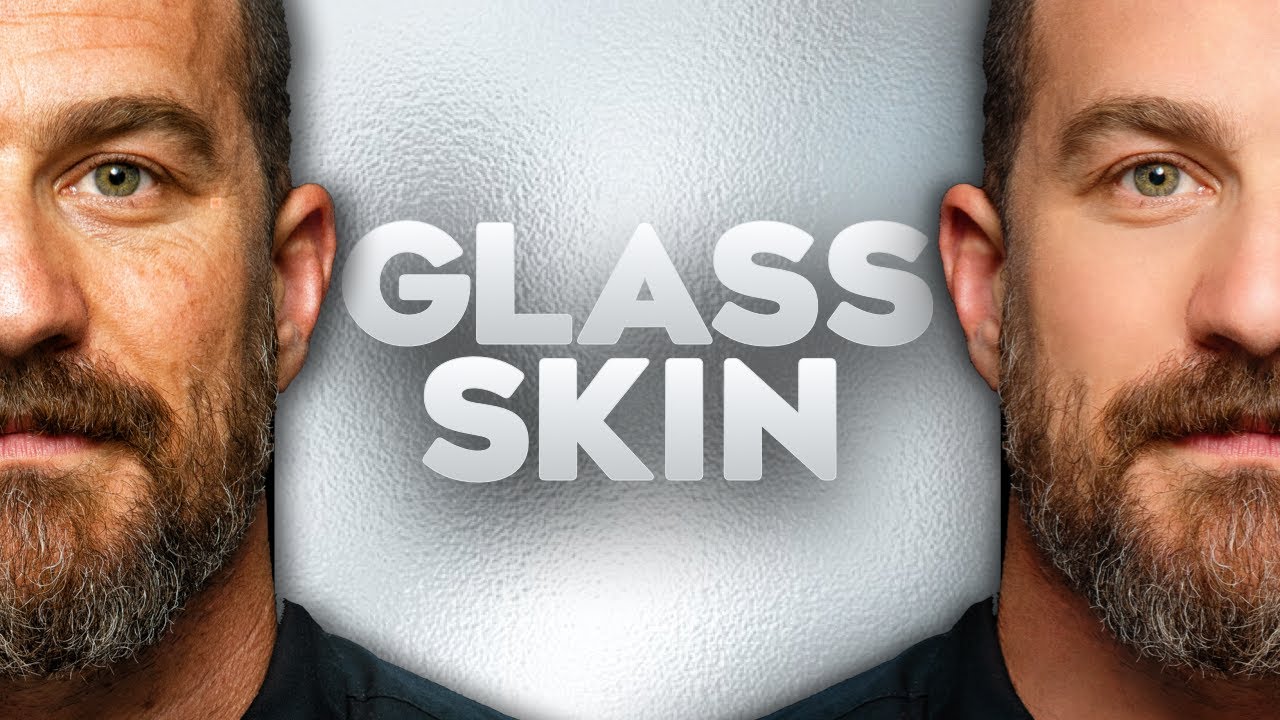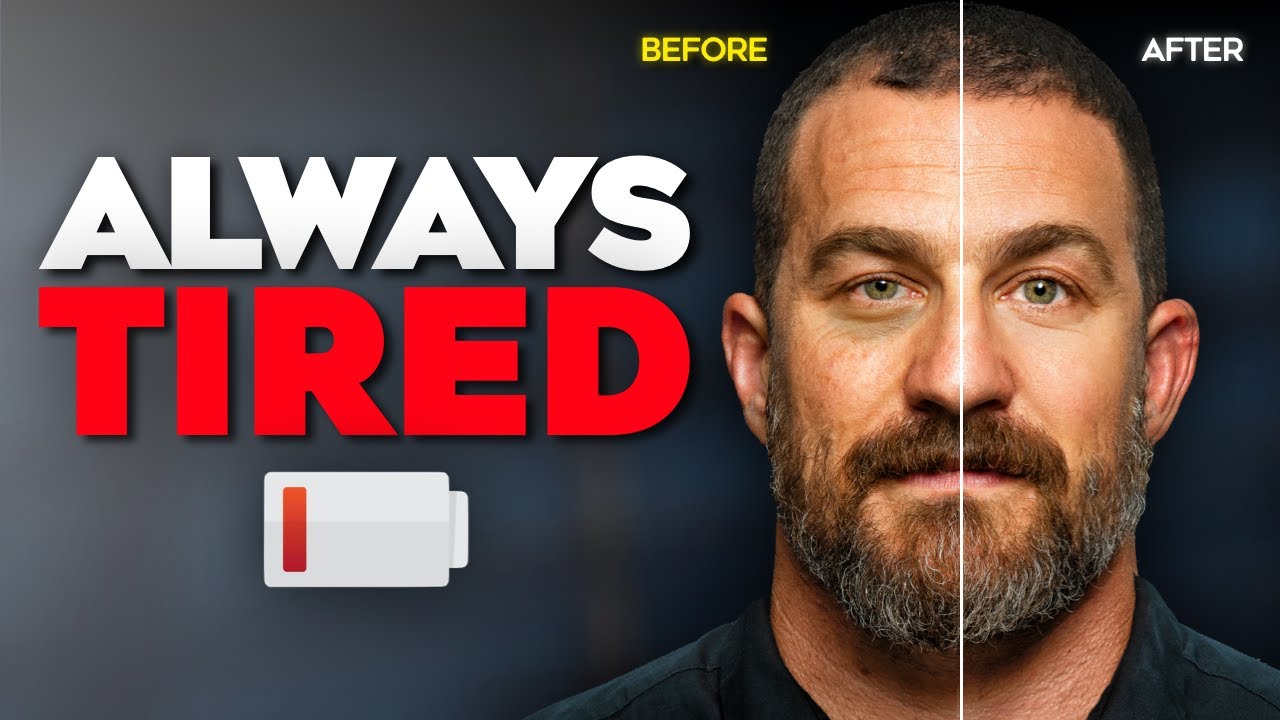As we age, maintaining healthy, vibrant skin becomes increasingly important—not just for aesthetics, but for overall health and well-being. While some factors are inevitable, such as gradual collagen loss or reduced skin elasticity, many aspects of skin aging are within our control.
Through the right combination of sun protection, nutrition, skincare treatments, and lifestyle habits, you can reduce the appearance of wrinkles, prevent thinning skin, and even lower your risk for certain types of skin cancer. In this guide, we’ll explore proven methods to enhance skin longevity and support a youthful, healthy glow—naturally and effectively.

1. Sun Exposure: The Good, the Bad, and the Preventable
There’s no question that excessive sun exposure accelerates skin aging. Chronic UV damage leads to collagen breakdown, pigmentation issues, fine lines, and a leathery texture. More importantly, it significantly increases your risk of developing skin cancers such as basal cell carcinoma, squamous cell carcinoma, and melanoma.
That said, not all sun exposure is harmful. Moderate sunlight helps your body produce vitamin D, supports circadian rhythm regulation, and influences hormone health. The key is to avoid high UV index hours—typically between 10 a.m. and 4 p.m.—and always prevent sunburn.
2. Choosing the Right Sunscreen for Skin Protection
Protecting your skin from UV damage is one of the most effective anti-aging strategies. There are three main categories of sun protection:
✅ Physical Barriers
Wide-brimmed hats, UPF-rated clothing, and sunglasses remain the gold standard. However, these don’t cover areas like the face, neck, and ears—where targeted sunscreen application is essential.
✅ Mineral-Based Sunscreens
Formulated with zinc oxide and titanium dioxide, these sunscreens create a physical shield that reflects UV rays. Dermatologists often recommend zinc oxide up to 25% for sensitive skin or long-term use. While they can appear chalky, newer formulations are improving spreadability and finish.
⚠️ Chemical-Based Sunscreens
These contain ingredients like oxybenzone or avobenzone that absorb UV radiation. Some studies suggest they may enter the bloodstream and potentially disrupt hormone balance. If you’re using sunscreen occasionally, they may be acceptable—but for frequent or daily application, mineral-based options are safer and more widely supported.
Expert Tip: If you’re outdoors for extended periods, reapply sunscreen every 2 hours, and combine physical and topical protection for optimal results.

3. Can You Reverse Thinning Skin?
Yes—to a certain extent. As collagen and elastin production decline with age, the skin loses its structural support, leading to thinning, sagging, and a loss of moisture.
Here’s what you can do:
✅ Collagen Supplements
Supplementing with collagen peptides—typically in doses of 10–30 grams per day, often combined with vitamin C—has shown promise in enhancing skin elasticity, plumpness, and hydration. While results won’t be dramatic overnight, studies confirm statistically significant improvements over 8–12 weeks.
You can find collagen in:
- Powdered hydrolyzed collagen (often from marine or bovine sources)
- Bone broth
- Gelatin-rich soups and stocks
Nutritionist’s Note: Pair collagen with foods rich in vitamin C (like citrus, bell peppers, or strawberries) to support collagen synthesis in the body.

4. Red Light Therapy: A Natural Boost for Skin Renewal
Exposure to red and near-infrared light for just 10–15 minutes per day, five times a week, has been shown to stimulate collagen production, reduce wrinkles, and improve skin tone. These wavelengths penetrate the skin’s surface, enhancing mitochondrial function and promoting regeneration.
Devices range from clinical-grade panels to at-home masks, but consistency is key. The results are subtle but cumulative.
Combine red light therapy with collagen supplementation for potential synergistic benefits, though more research is needed on combining protocols.
5. Prescription Retinoids: Inside-Out Skin Renewal
If you’re serious about reversing signs of aging, oral retinoids (prescription vitamin A derivatives) are among the most effective dermatologist-approved tools. These compounds help rebuild collagen matrix structure, improve skin texture, and reduce fine lines.
However, they also increase photosensitivity, so strict sun protection is necessary. Topical retinoids (like tretinoin or adapalene) are also widely used and effective with fewer systemic effects.
Important: Always consult a licensed dermatologist when considering prescription retinoid therapy. Misuse or overuse can cause irritation and worsen pigmentation issues.

6. Laser Resurfacing: Science Meets Aesthetics
Laser resurfacing is a medical-grade approach that removes the top layer of skin, promoting regeneration and reducing precancerous changes. While often seen as a cosmetic procedure, it’s also endorsed for lowering skin cancer risk in high-risk individuals.
Post-procedure care includes sun avoidance, gentle moisturizers, and possibly topical antibiotics. Results include smoother texture, even skin tone, and improved elasticity.

7. Skin Nutrition: Eat Your Way to Better Skin
What you put on your plate matters just as much as what you put on your skin. A low-inflammatory diet rich in antioxidants, healthy fats, and fiber supports both gut health and skin health.
Key nutrients for glowing skin:
- Omega-3 fatty acids (found in salmon, sardines, flaxseed): reduce inflammation and support hydration
- Vitamin C (citrus fruits, broccoli, red peppers): essential for collagen formation
- Zinc (pumpkin seeds, oysters, chickpeas): promotes wound healing and reduces acne
- Polyphenols (berries, green tea, dark chocolate): protect against oxidative stress
Meal Idea: Try a grilled salmon salad with mixed greens, avocado, pomegranate seeds, and a citrus vinaigrette. It’s packed with skin-friendly nutrients and deliciously easy to make.

8. Moisture Matters: Hydration Inside and Out
Dehydrated skin tends to look dull, rough, and aged. Combat this from both ends:
- Drink water regularly, especially in dry climates or if you’re active
- Apply a fragrance-free moisturizer daily, ideally right after showering to seal in moisture
- Look for humectants like glycerin or hyaluronic acid to help draw water into the skin
Final Thoughts: A Multi-Layered Approach to Healthy Skin
Youthful skin isn’t about chasing the latest trends—it’s about protecting your skin from damage, fueling it with the right nutrients, and choosing treatments grounded in science.
Whether you start with a zinc-based sunscreen, integrate collagen into your morning smoothie, or explore red light therapy, every small step contributes to long-term skin vitality. There’s no one-size-fits-all approach, but with consistency and care, your skin can stay vibrant, strong, and healthy well into your later years.
Ready to build a skin-supportive meal plan tailored to your goals? As both a nutritionist and chef, I specialize in designing anti-aging menus that nourish from within. Reach out today to get started—or explore more expert articles on beauty nutrition, inflammation-fighting foods, and holistic wellness strategies.



